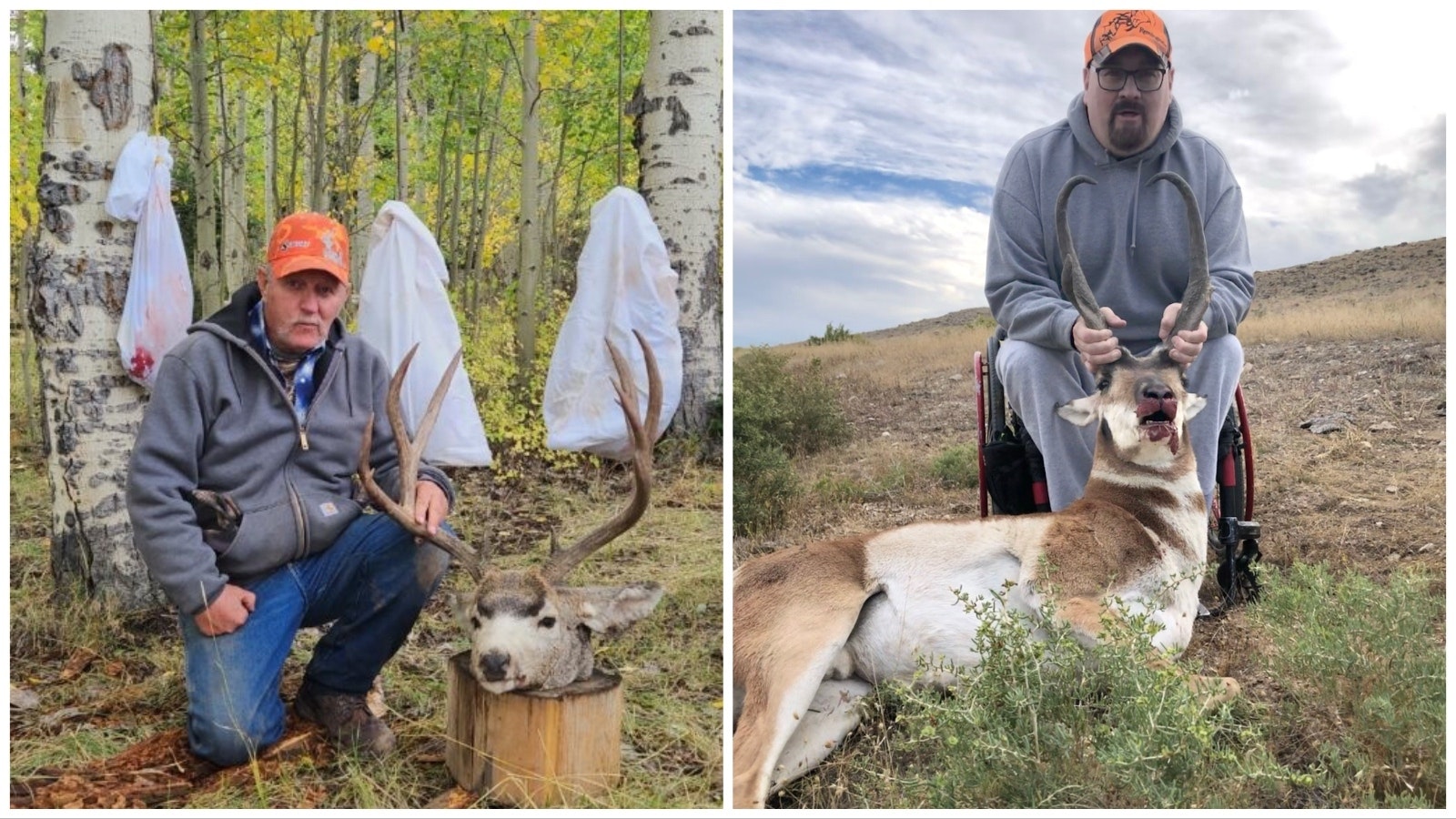The best time to hunt mule deer is during the rut, usually in late October to early November. This period offers peak activity as bucks are less cautious and more visible.
Embarking on a mule deer hunting adventure requires knowledge of their behavior patterns and seasonal changes. The late fall season marks a time of increased movement for these majestic animals, thanks to the rut, their breeding season. During these weeks, hunters can capitalize on the bucks’ preoccupation with finding mates, which often makes them easier to spot as they roam outside their typical cautious routines.
Hunting in the early mornings or late afternoons can also provide fruitful outcomes, as deer are typically most active during these times. For a successful hunt, one should also consider the weather patterns and geographical location, as these factors can influence deer activity. Safety, legality, and responsible hunting practices must be the priority in any wildlife pursuit.
Contents
Factors To Consider
Seasonal patterns greatly influence mule deer movements. Autumn, specifically October and November, marks the rut season when males are most active. This period is often hailed as the prime time for hunting mule deer. Conversely, late winter sees deer in lower regions, which can make them easier to spot.
Weather conditions also play a critical role. Hunters should watch for cold fronts and snowfall. These events push deer to feed and move, providing better hunting opportunities. Clear, calm days might result in less deer activity, making hunting more challenging.
The time of day is crucial; dawn and dusk are golden hours. Deer are crepuscular, meaning they are most active at these times. Midday hunting might be less productive, as deer tend to rest and are harder to locate.
Seasonal Patterns
Mule deer are most active during the breeding season, known as the rut. The ideal time to hunt is late fall, when bucks are on the move looking for does. This period can span late October to early December, depending on the location. Hunters should also pay attention to migration patterns. Deers migrate to find food and mates. Their journey usually starts before winter sets in. Knowledge of mule deer’s migration routes can put hunters in the right spot at the perfect time.
Let’s note these key points:
- Rut season: Hunt when deer seek mates.
- Late fall: Peak time for the rut.
- Migration routes: Help predict movement.
Weather Conditions
The ideal temperature for hunting mule deer often falls between 20°F and 30°F. This range is cool enough to keep the deer active during the day. Early morning and late afternoon periods are especially promising. These times encourage mule deer to search for food.
Precipitation plays a vital role in tracking. Light rain can dampen noise, making it easier to approach deer undetected. Yet, heavy rain can hinder both visibility and tracking. Snow, on the other hand, can assist hunters. Fresh snowfall reveals recent tracks of mule deer.
Wind direction is critical. Hunters need to stay downwind of their prey. A breeze between 5 to 10 mph is ideal. It helps carry human scent away from the deer. Steady wind also masks noise, aiding in a stealthier approach.

Credit: cowboystatedaily.com
Time Of Day
Early morning offers hunters the best chance to spot mule deer. As the sun rises, these animals are most active. Keen hunters get to their spots before dawn and wait. The calm of the morning allows for quieter movements. Mule deer feed during this time, making them easier to track.
As evening approaches, visibility worsens, but it’s still a good time. Deer often wander out for a last meal before nightfall. Watch for them in open areas. Be prepared for a quick hunt, as daylight fades fast. This time is challenging but rewarding for experienced hunters.
Best Time Of Year
The best time of year to hunt mule deer varies. Early Season presents unique opportunities. Hunters enjoy lush vegetation and predictable patterns. Mule deer are easier to spot as they feed.
During Rut Season, bucks are in pursuit of does. This makes them less cautious and more active during daylight. Spotting these bucks becomes a simpler task for hunters.
The Late Season brings challenges due to cold weather and sparse vegetation. Yet, mule deer are often found in groups, favoring lower elevations. This can increase sighting chances for persistent hunters.

Credit: www.mikesoutfitting.com
FAQ
When Is Mule Deer Hunting Season Peak?
During the rut, muley deer hunting is usually at its peak. Late October through November is when bucks are most active and less cautious. Make sure you check your local regulations.
What Time Of Day Are Mule Deer Most Active?
In mule deer, dawn and dusk are the most active times. These times are typically best for hunters. Early mornings and late afternoons are prime hunting times since muley deer rest during midday.
How Does Weather Affect Mule Deer Movement?
The weather has a significant impact on the behavior of mule deer. Because of changing pressure, mule deer are usually more active before and after storm fronts. Hot and cold extremes can alter their behavior, causing them to move less.
What Moon Phase Is Best For Mule Deer Hunting?
The best moon phase for hunting mule deer is often during the new moon. Diminished moonlight can increase deer activity during daylight hours, providing better hunting opportunities. However, some hunters also find success during a full moon, when deer may be active all night.
In Summary
The optimal time to hunt mule deer depends on various factors. It’s best to hunt early in the morning and late in the afternoon. Adapt your schedule to deer activity patterns. It’s important to remember patience and local weather conditions.
Good luck in bagging a trophy mule deer!

